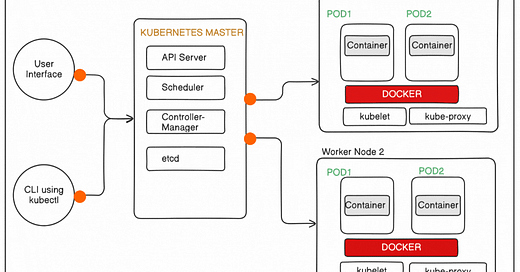You can also read my newsletters from the Substack mobile app and get notified when a new newsletter issue comes out.
Adopting Kubernetes in your software deployment process promises unparalleled scalability, resilience, and efficiency, but it's not without its challenges.
Many organizations rush into Kubernetes adoption, attracted by its capabilities, o…
Keep reading with a 7-day free trial
Subscribe to The Cloud Playbook to keep reading this post and get 7 days of free access to the full post archives.





